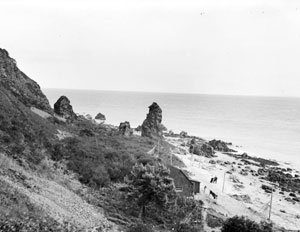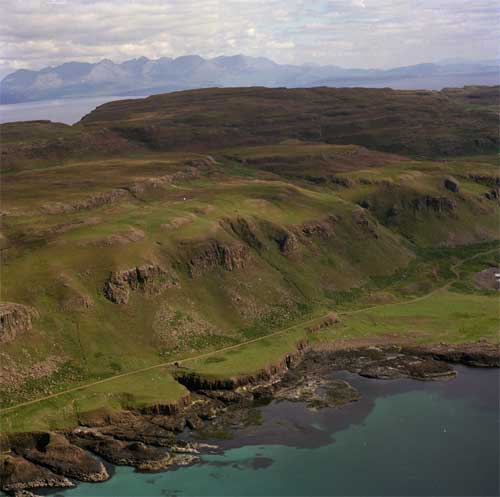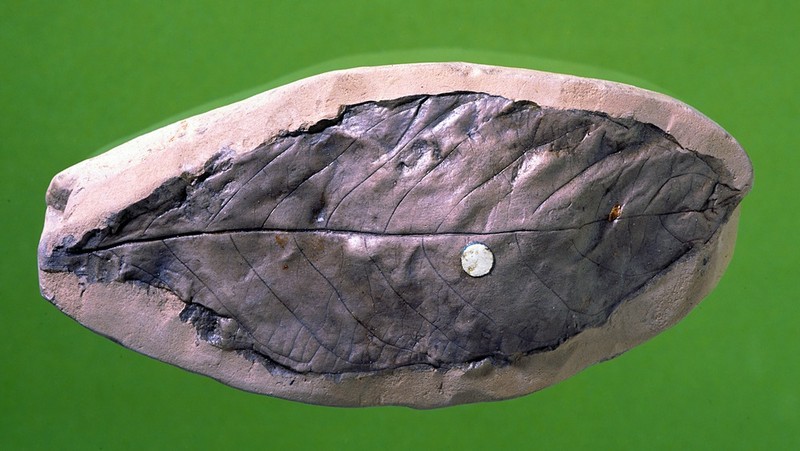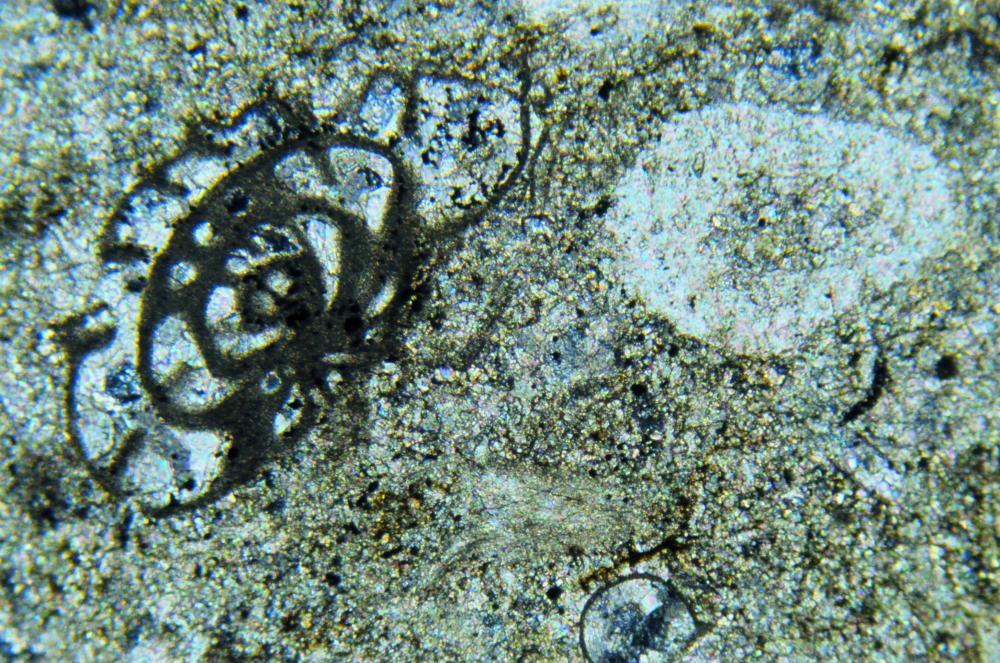Is there evidence for recent sea level change?


Coastlines are very distinctive but diverse environments, and we find them in all sorts of places that are no longer at the coast!
Here’s one example of how nature preserves or ‘fossilises’ sea level for us. Picture a coastline along the western edge of the Andes, somewhere in Peru for example.
The coastal rocks are slowly but consistently rising as a consequence of the growth of the Andean mountain chain. The ocean acts like a battering ram, and cliffs recede under the constant barrage of waves — bit by bit, a gently sloping beach or, in geological terms, a marine terrace is generated.
Now, as sea level falls (as it will do on a regular basis), the marine terrace is ‘suddenly’ abandoned. If sea-levels stay low for long enough, the slow rise of the coastal landscape will lift the terrace above the level to which the sea will eventually return.
And there it is: a fossilized sea-level, protected from coastal erosion and now facing the inevitable erosion of rivers and landslides! It won’t last for long, at least not in geological terms, but there are plenty of examples along our coasts.
Coastal character

Coasts are sometimes characterised by wetlands, great expanses of swamps and marshes occupied by a particular ecosystem that is suited to the brackish conditions.
These environments can be preserved by being buried under sand and beach deposits as sea level either rises or as the coastal region sinks.
Later in time we might find evidence of these former environments (or ‘palaeoenvironments) through drill cores or in the face of quarries.
Either way, their presence tells us of an older sea level, and if we can measure their ages (for example, through radiocarbon dating techniques), we can build up a history of sea level changes.
Marine organisms

Marine terraces and buried wetlands are only two of many types of geological evidence for earlier sea levels.
Geologists also study foraminifera and diatoms for evidence of ice ages and sea level change. These fossils can be used as indicators of past climates as different species preferred living in different water temperatures.
Many marine organisms, including foraminifera, have hard shells made of calcium carbonate.
The composition of oxygen isotopes found in the carbonate shell can be measured to determine what the water temperature was like when the organism was formed.
High proportions of the oxygen-18 isotope in the shell are associated with cold seas and glaciation. This is because relatively more of the lighter isotope, oxygen-16, is removed from ocean waters by the process of evaporation and subsequently locked up in snow and ice during cold periods.







